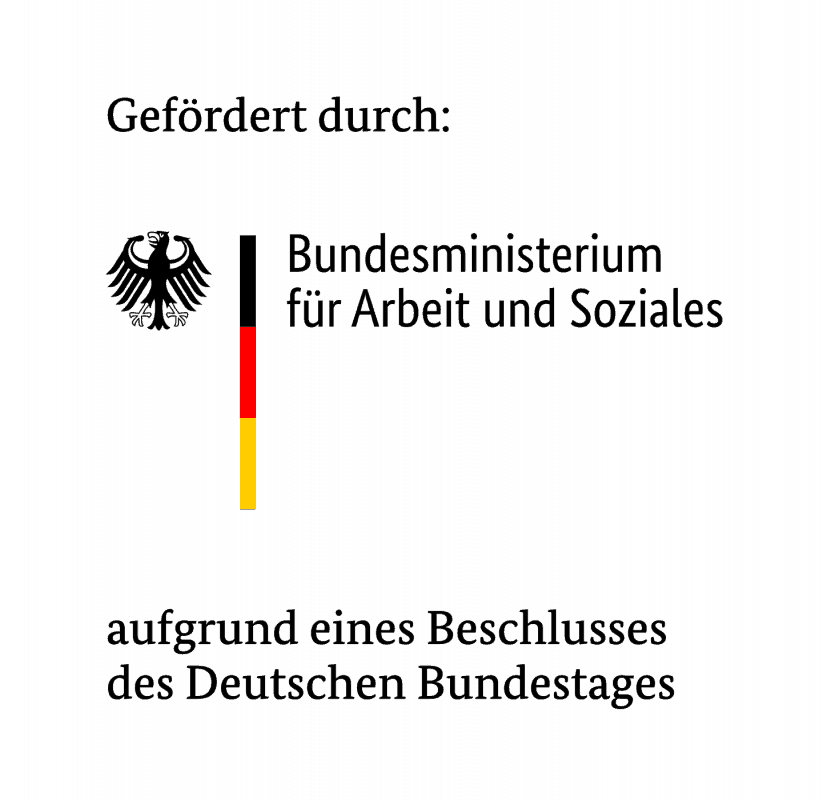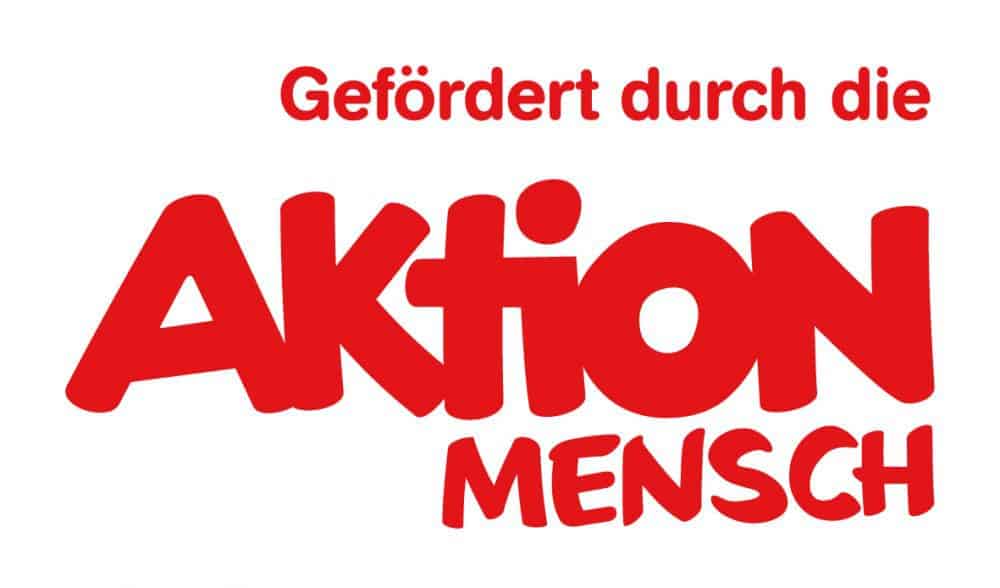Witten becomes an assistance dog-friendly municipality
We are familiar with guide dogs, but other people also receive support from dogs – so-called assistance dogs. They can guide blind people, remind them to take their medication, warn them of epileptic seizures or hypoglycemia, open and close doors and perform other tasks. In short: assistance dogs make life easier for their owners and can even be vital for them
There is a legal right of access for assistance dogs in many areas – but it is not uncommon for people accompanied by assistance dogs to be denied access to public places and means of transportation. Ignorance and prejudice cause access problems here.
Create awareness
By joining the “Assistance dog welcome” campaign, Witten is promoting greater acceptance of assistance dogs. “We want people with disabilities to be able to participate in life in Witten in the best possible way. That’s why we were very conscious and very happy to join this campaign,” explains Mayor Lars König.
In this way, the city wants to draw attention to the fact that these animals also have access to publicly accessible areas and facilities. In other words, even in places where other, non-specialist dogs are denied access. “We are delighted that Witten is taking this important step towards greater inclusion and accessibility for assistance dog teams together with us – and of course we hope that institutions from the private sector, the cultural sector and the medical sector will now follow this good example set by the city and also declare themselves assistance dog-friendly,” thanks the Pfotenpiloten association, which is running the campaign.
Laborious discussions in various places
Sabrina Führer has a guide dog – and knows all about the problems. She has discussions about whether the Witten resident’s dog is allowed in the building in a wide variety of places: in restaurants, at a new doctor’s, in bakeries, supermarkets, … Often it’s “just” a lack of awareness on the part of people. “Most of the time this can be resolved with a conversation, but unfortunately some people don’t want to be talked to at all,” explains Sabrina Führer. At the same time, the Witten resident also feels that the situation is improving and that assistance dogs are being accepted in more places – even at soccer stadiums, which she often visits with her dog.
Sabrina Führer would like to get rid of two more messages: “When my dog is on duty, please don’t talk to it or touch it!” This is because the animal must be highly concentrated in order to guide the owner safely. At the same time, some of the animals are allowed to run free. Anyone who is afraid when jogging or cycling should communicate this clearly and in a friendly manner. “Of course, I will then put my dog on a lead,” promises Sabrina Führer.
What exactly does “assistance dog-friendly” mean?
The right of access applies, for example, to publicly accessible buildings such as the town hall and other administrative buildings, retail outlets, restaurants, hairdressers and leisure facilities such as museums, theaters, cinemas and also to public transport, cabs, etc.
The same applies to doctors’ surgeries and other healthcare facilities. Areas that are open to people in street clothes, such as doctors’ surgeries, therapy rooms, open nursing and hospital wards, outpatient clinics and cafeterias, can therefore also be accessed by people with assistance dogs. However, this does not apply to access to high-risk areas such as intensive care units and isolation wards.
The Commission for Hospital Hygiene and Infection Prevention (KRINKO) set up at the Robert Koch Institute has made it clear that the transmission of pathogens from dogs to humans is very unlikely with normal household hygiene.
Assistance dogs are also permitted to enter municipal training pools, sports halls and other sports facilities – generally in areas where street clothing is normally worn. They are also tolerated on playgrounds (not in the sand play area) and in school playgrounds.
This is regulated by Section 12e of the Disability Equality Act (BGG), which sets out the rights of dog owners and also defines the few exceptions.
How do you recognize an assistance dog?
An assistance dog usually wears an identification tag, which is attached to an identification blanket, dog harness, collar or in some other way to the assistance dog. Alternatively, the dog can also be identified by showing an ID card.
An important note: If a dog is on duty, please do not pet or feed it. This distracts him from his work. Is double!
The implementation of this project is simple:
Municipal employees are informed about the topic.
“Assistance dog welcome” stickers are placed at the entrances to municipal buildings and on playground signs.
The city of Witten and its administrative buildings are listed online in the “DogMap” as assistance dog-friendly: map.pfotenpiloten.org
Many municipalities are already listed in the DogMap, including our neighboring towns of Herdecke and Schwelm.
Retailers, restaurants, commercial enterprises, sports clubs and health facilities should also be informed.
The “Assistance Dogs Welcome” campaign was made possible by funding from the Federal Ministry of Labour and Social Affairs (BMAS) and the Aktion Mensch.
AktionMenschGefördert #1BarierreWeniger #AssistenzhundWillkommen #Assistenzhund #Inklusion #Barrierefrei @AktionMensch


